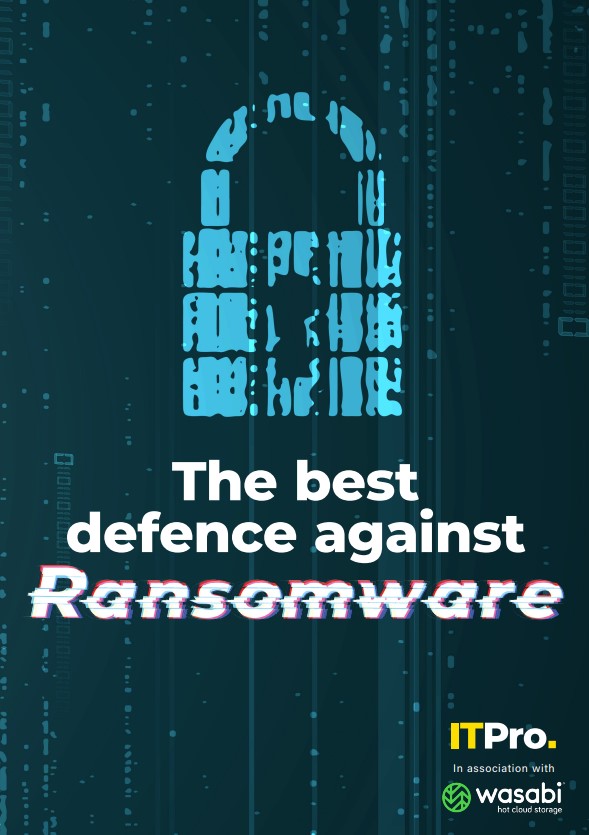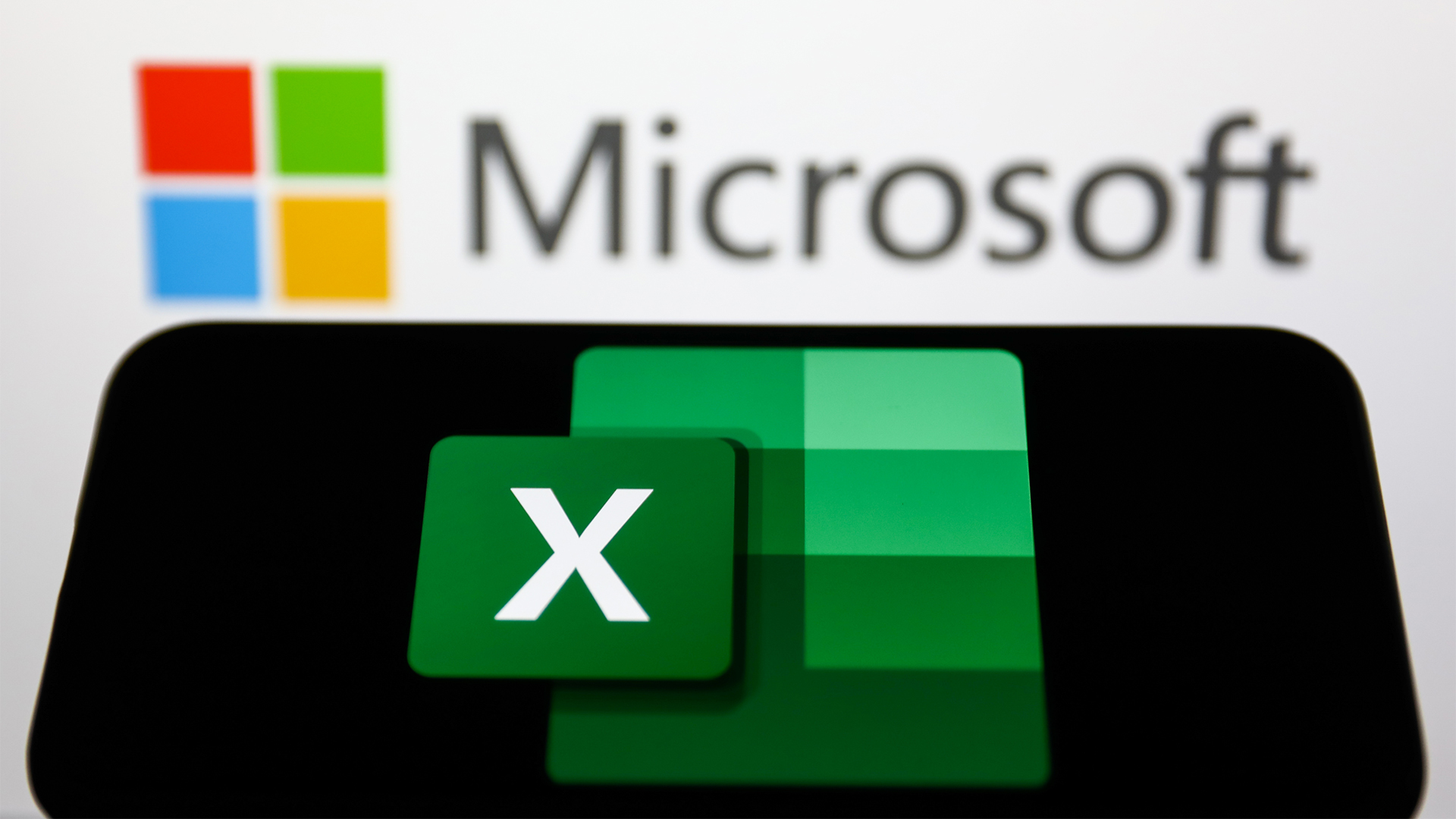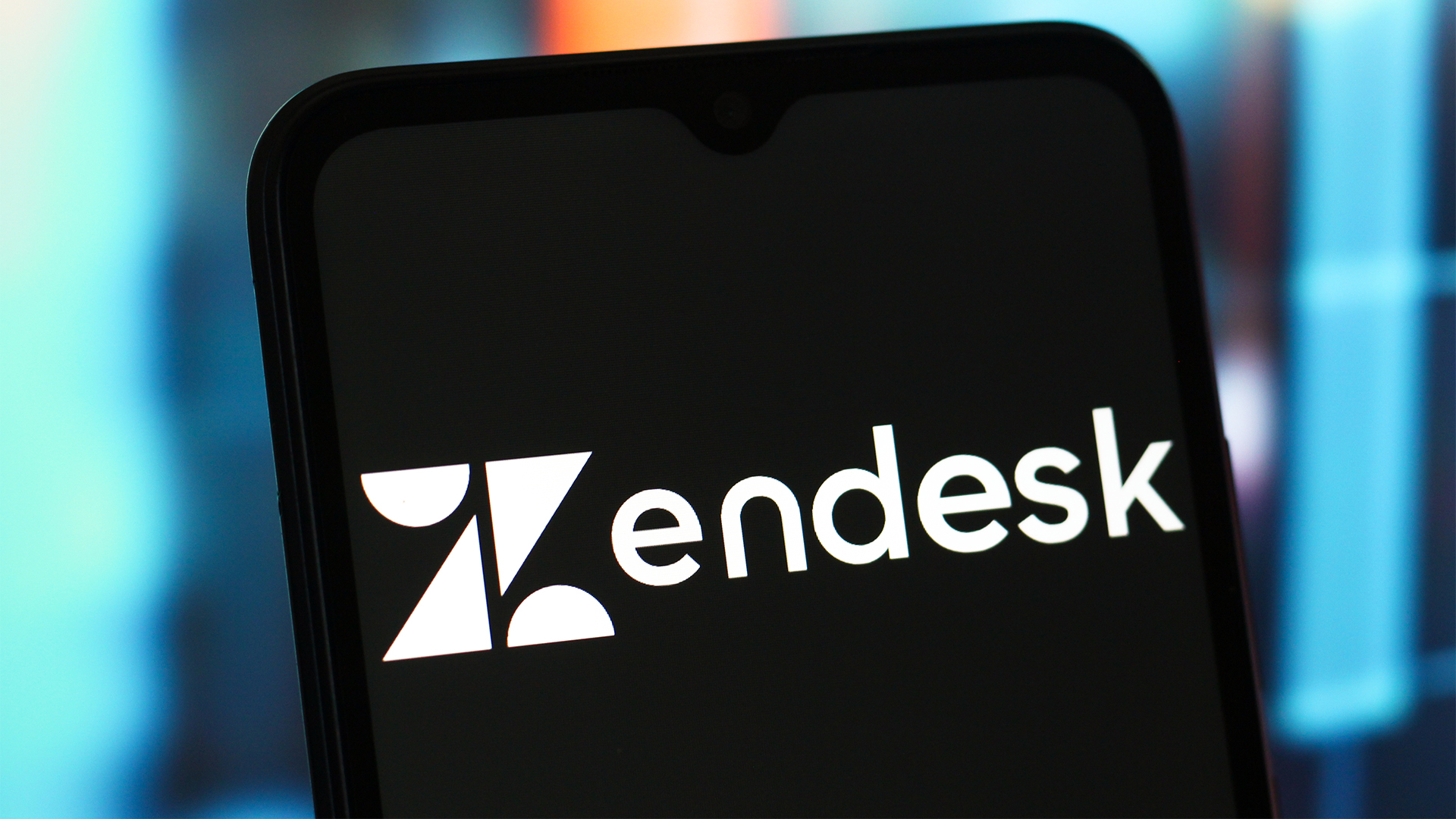Linux-based multi-cloud environments facing increased ransomware attacks
VMware researchers claim not enough effort is being spent on developing countermeasures for attacks on the cloud's most popular operating system


Research from VMware Threat Analysis Unit (VMware TAU) has revealed cyber attackers are increasingly targeting Linux-based multi-cloud environments to install malware such as ransomware, remote access tools (RATs), and cryptominers.
Ransomware operators have evolved recently and are now targeting Linux host images used to execute workloads in virtualised environments, the researchers said, with common ransomware families spotted in compromised environments including Defray777 and DarkSide - the latter of which was used in the notorious Colonial Pipeline hack in 2021.
The findings mark an emerging trend whereby attackers are increasingly targeting Linux to gain a foothold in a business to deliver financially-motivated malware campaigns.
VMware TAU also said Linux-based malware is becoming more "sophisticated" and "devastating" with attackers scoping out companies tackling "financial events" to incentivise payments, as well as fully compromising cloud environments before encrypting files to make the incident response more difficult.
The researchers noted that traditional malware countermeasures are typically focused on protection for Windows environments, meaning adequate attention isn't being paid to Linux thus leaving public and private clouds more vulnerable.
According to VMware TAU, more than 75% of the most popular websites today are powered by Linux and it's also the most popular cloud operating system, comprising a core part of a business' digital infrastructure.
"Cyber criminals are dramatically expanding their scope and adding malware that targets Linux-based operating systems to their attack toolkit in order to maximise their impact with as little effort as possible,” said Giovanni Vigna, senior director of threat intelligence at VMware.
Sign up today and you will receive a free copy of our Future Focus 2025 report - the leading guidance on AI, cybersecurity and other IT challenges as per 700+ senior executives
"Attackers view both public and private clouds as high-value targets due to the access they provide to critical infrastructure services and confidential data," he added.
RATs such as the commercial penetration testing tool Cobalt Strike and a Linux-based re-implementation of a Beacon payload related to it, known as Vermillion Strike, are commonly used as the primary implant in cyber attacks on multi-cloud environments.
Cobalt Strike is a tool used for good by penetration testers and in red team exercises to simulate real attacks but is often misused by cyber criminals for malicious hacking purposes.
RELATED RESOURCE

The best defence against ransomware
How ransomware is evolving and how to defend against it
Vermillion Strike was discovered in 2021 and is a malware that allows operators to communicate with victims' machines after infection via a command and control (C2) server. It allows attackers to perform various actions including executing commands and modifying files, making it an ideal tool for attackers looking to encrypt files in extortion campaigns.
"In order to gain control and persist within an environment, attackers look to install an implant on a compromised system that gives them partial control of the machine," said VMware TAU. "Malware, web shells, and Remote Access Tools (RATs) can all be implants used by attackers in a compromised system to allow for remote access."
VMware TAU also noted in its research that cryptomining was also an issue affecting organisations running multi-cloud environments, with Monero being the most popular asset being mined using victims' infrastructure.
It follows a similar claim made by Google Cloud recently; it noticed a large number of compromises of its customers' environments often led to cryptominers being installed to harness scalable compute without incurring any cost to the attackers.
"Since we conducted our analysis, even more ransomware families were observed gravitating to Linux-based malware, with the potential for additional attacks that could leverage the Log4j vulnerabilities," said Brian Baskin, manager of threat research at VMware.
"The findings in this report can be used to better understand the nature of Linux-based malware and mitigate the growing threat that ransomware, cryptomining, and RATs have on multi-cloud environments. As attacks targeting the cloud continue to evolve, organisations should adopt a Zero Trust approach to embed security throughout their infrastructure and systematically address the threat vectors that make up their attack surface."

Connor Jones has been at the forefront of global cyber security news coverage for the past few years, breaking developments on major stories such as LockBit’s ransomware attack on Royal Mail International, and many others. He has also made sporadic appearances on the ITPro Podcast discussing topics from home desk setups all the way to hacking systems using prosthetic limbs. He has a master’s degree in Magazine Journalism from the University of Sheffield, and has previously written for the likes of Red Bull Esports and UNILAD tech during his career that started in 2015.
-
 TPUs: Google's home advantage
TPUs: Google's home advantageITPro Podcast How does TPU v7 stack up against Nvidia's latest chips – and can Google scale AI using only its own supply?
-
 Microsoft Excel is still alive and kicking at 40
Microsoft Excel is still alive and kicking at 40News A recent survey found Gen Z and Millennial finance professionals have a strong “emotional attachment” to Microsoft Excel
-
 15-year-old revealed as key player in Scattered LAPSUS$ Hunters
15-year-old revealed as key player in Scattered LAPSUS$ HuntersNews 'Rey' says he's trying to leave Scattered LAPSUS$ Hunters and is prepared to cooperate with law enforcement
-
 The Scattered Lapsus$ Hunters group is targeting Zendesk customers – here’s what you need to know
The Scattered Lapsus$ Hunters group is targeting Zendesk customers – here’s what you need to knowNews The group appears to be infecting support and help-desk personnel with remote access trojans and other forms of malware
-
 Impact of Asahi cyber attack laid bare as company confirms 1.5 million customers exposed
Impact of Asahi cyber attack laid bare as company confirms 1.5 million customers exposedNews No ransom has been paid, said president and group CEO Atsushi Katsuki, and the company is restoring its systems
-
 The US, UK, and Australia just imposed sanctions on a Russian cyber crime group – 'we are exposing their dark networks and going after those responsible'
The US, UK, and Australia just imposed sanctions on a Russian cyber crime group – 'we are exposing their dark networks and going after those responsible'News Media Land offers 'bulletproof' hosting services used for ransomware and DDoS attacks around the world
-
 A notorious ransomware group is spreading fake Microsoft Teams ads to snare victims
A notorious ransomware group is spreading fake Microsoft Teams ads to snare victimsNews The Rhysida ransomware group is leveraging Trusted Signing from Microsoft to lend plausibility to its activities
-
 Volkswagen confirms security ‘incident’ amid ransomware breach claims
Volkswagen confirms security ‘incident’ amid ransomware breach claimsNews Volkswagen has confirmed a security "incident" has occurred, but insists no IT systems have been compromised.
-
 The number of ransomware groups rockets as new, smaller players emerge
The number of ransomware groups rockets as new, smaller players emergeNews The good news is that the number of victims remains steady
-
 Teens arrested over nursery chain Kido hack
Teens arrested over nursery chain Kido hacknews The ransom attack caused widespread shock when the hackers published children's personal data